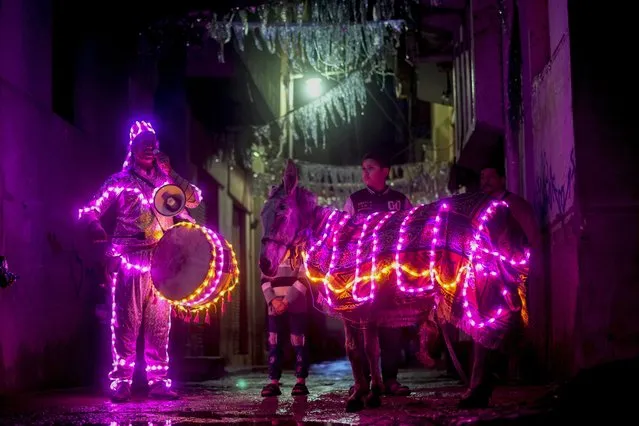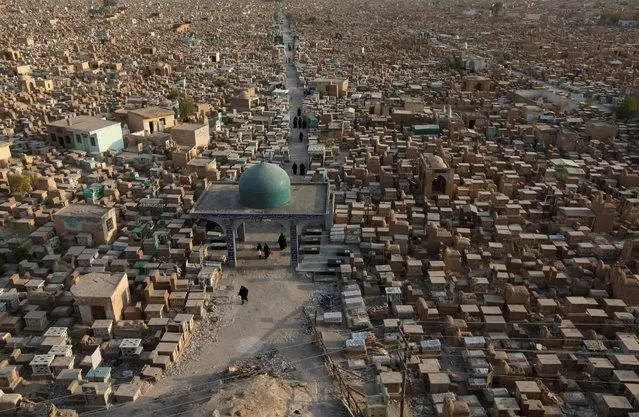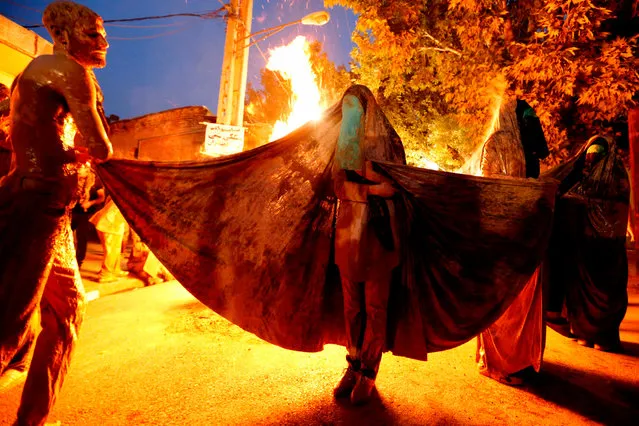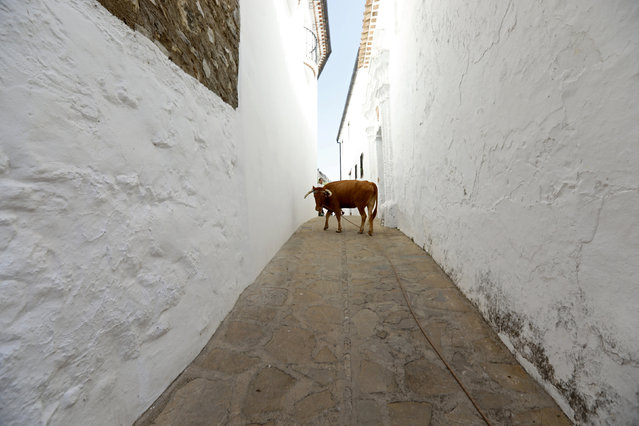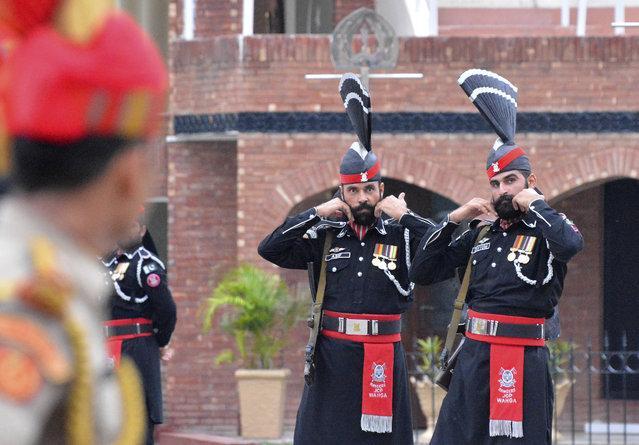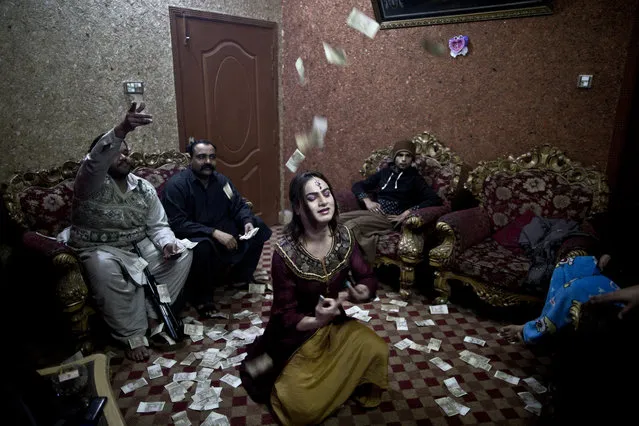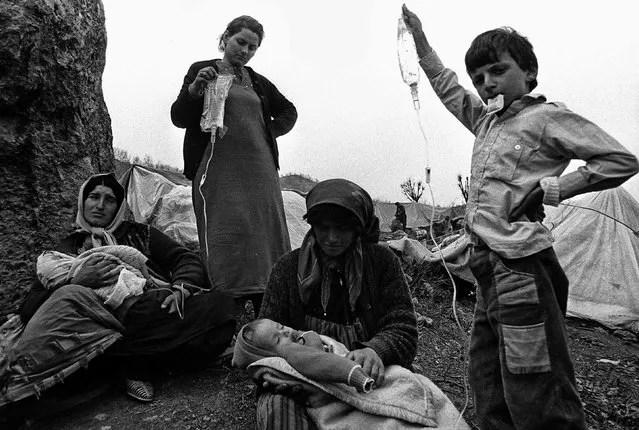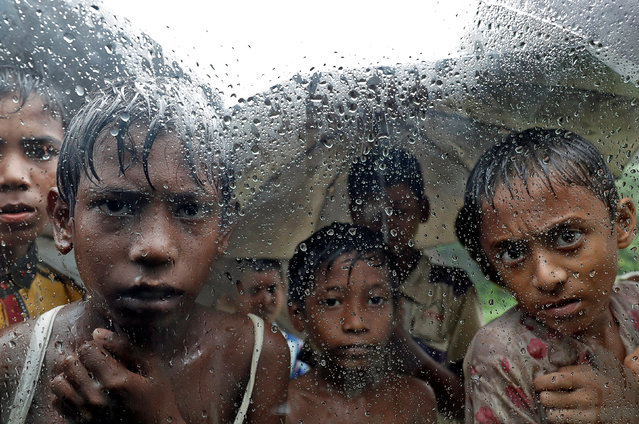
Rohingya refugee children pictured in a camp in Cox's Bazar, Bangladesh, September 19, 2017. With a mass exodus of Rohingya Muslims sparking accusations of ethnic cleansing from the United Nations and others, Myanmar leader Aung San Suu Kyi on Tuesday said her country does not fear international scrutiny and invited diplomats to see some areas for themselves. (Photo by Cathal McNaughton/Reuters)
20 Sep 2017 08:36:00,post received
0 comments

